The year is finally coming to a close, bringing with it a time for both reflection and projection. Looking back allows us to see the progress we’ve made — physically and mentally. Noting and understanding successes and missteps helps inform our New Year’s Resolutions — the deservedly-satirized but entirely useful goals we establish for ourselves as we enter the new year.
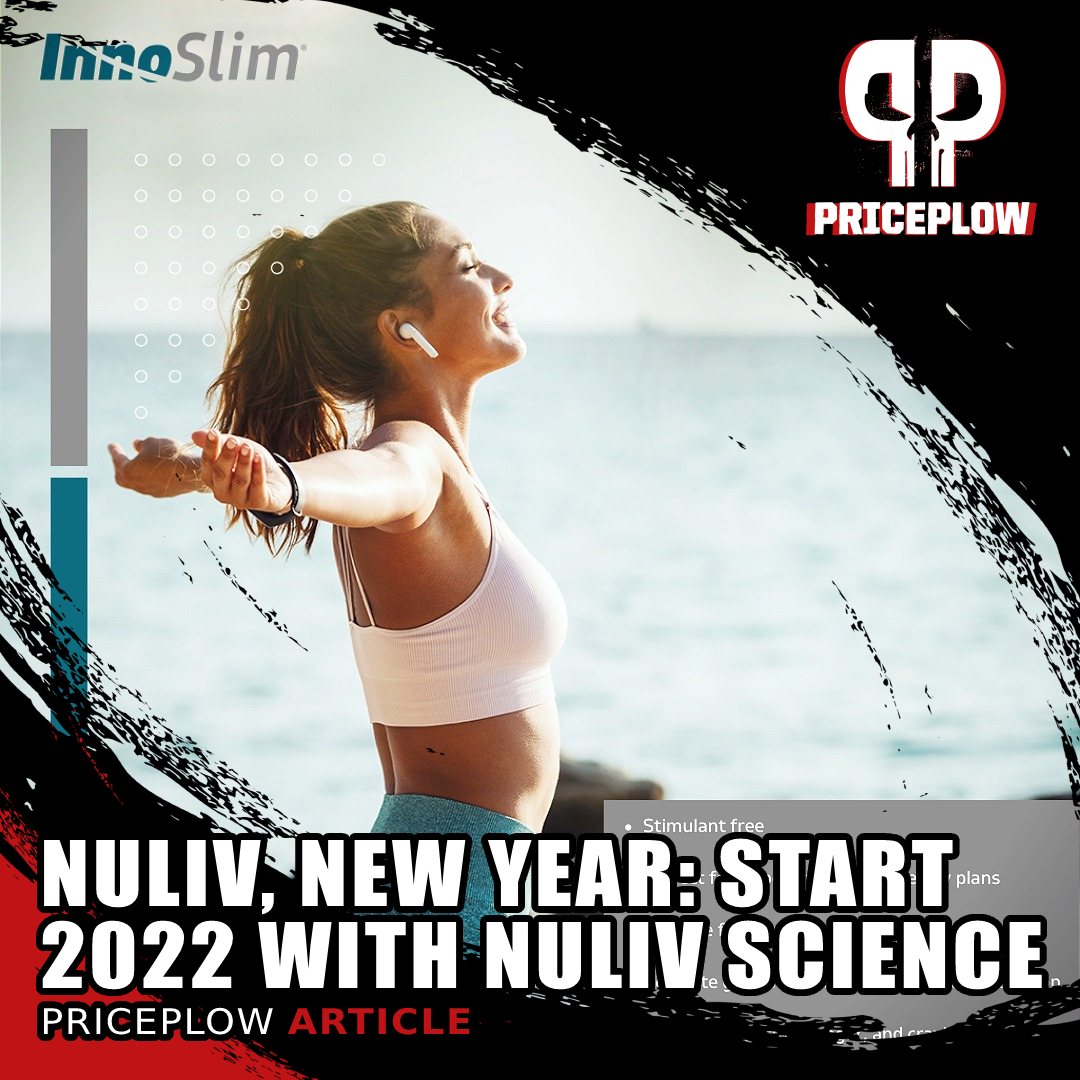
Get hyped for a healthy 2022 with NuLiv Science. This article covers their ingredients and teases some new content to come!
We know that many of our readers start January with a slew of fitness and nutrition-related goals, whether it’s hitting a specific number on the scale, weight on the barbell, or number of training sessions to complete during the week. Of course, it’s paramount that one settles on a reasonable number of goals — alongside a pragmatic approach.
To get there, shifts in quality nutrition, effective training, and a healthy lifestyle go a long way. Additionally, sports supplements can be leveraged to make the process more effective and potentially help you reach your goals even faster.
Make 2022 Great – NuLiv Science Can Help
Nutritional ingredients that offer more utility in terms of overall health and wellness fit neatly here. NuLiv Science — one of the industry’s premier ingredient creators — knows this area well. The brand offers numerous ingredients that take aim at different areas of health. Incorporating a couple of them, in conjunction with a solid plan to finally hit that PR or weight, and you could really start the year off on the right foot.

NuLivScience is a global research company with several patented ingredients including AstraGin, InnoSlim, Astrion, and Senactiv.
In this post we discuss some interesting NuLiv Science ingredients. We’ll get into the real science (as well as point you toward more in-depth analyses we’ve done in the past) that makes each product a potentially great inclusion for anyone looking to make 2022 a fruitful and healthy year.
Before we get started, make sure you’re subscribed to PricePlow’s NuLiv Science news alerts so that we can notify you of new content we make and new ingredients they have on the way:
Subscribe to PricePlow's Newsletter and Nuliv Science Alerts
NuLiv Science — A Leading Nutraceutical Innovator
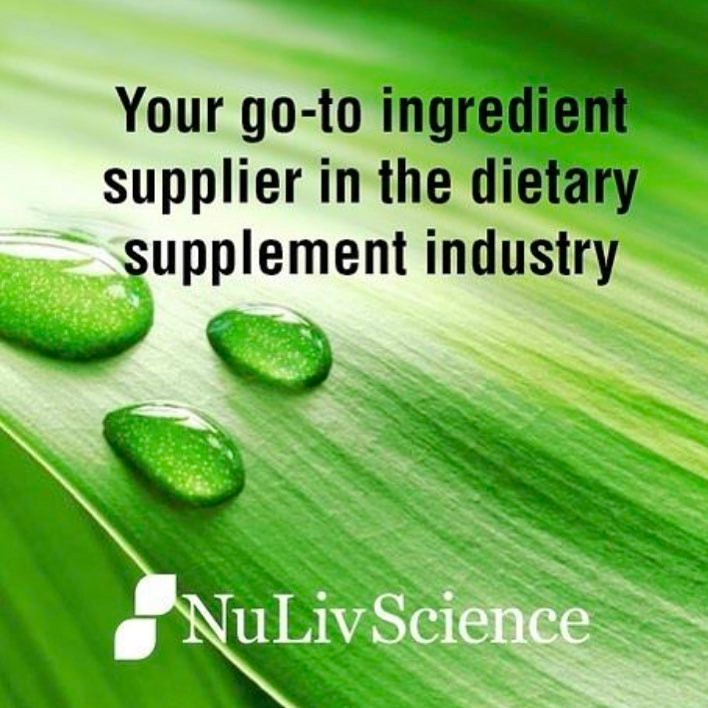
NuLiv Science is a novel ingredient supplier with some fascinating patented plant extracts with research-backing.
We here at PricePlow have also been reflecting on 2021. Of the many ingredients and formulas we covered in the world of sports supplements, there are a few companies whose hard-won prominence are impossible to ignore. NuLiv Science is clearly one of them. Grown from humble beginnings (they started by developing what was supposed to be a one-off extract for a traditional Chinese medicine practitioner), they’re now a worldwide leader in nutritional products.
Among NuLiv Science’s ingredients, there are a few that got us especially excited this past year — InnoSlim, Senactiv, Zylaria, and AstraGin — each of which has a unique function that’s useful to anyone interested in improving their health. While these ingredients are not the entirety of NuLiv’s stack, they serve as the primary ones we’ve been covering in sports nutrition.. It turns out there are far more we need to cover, but the following are effective adjuncts to a variety of health-minded goals:
-
InnoSlim — improves metabolic functioning and weight management
As many individuals start January with a desire to lose a few pounds and improve their body composition,”New Year’s Resolutions” and “weight loss” are phrases that seem to be joined at the hip. While hitting such goals incorporates a ton of different variables, InnoSlim — a patented blend of Astragalus membranaceus and Panax notoginseng from NuLiv Science — offers some aid. Of course, InnoSlim doesn’t do all the hard work for you. Rather, it positions the body to effectively utilize nutrients and energy and, in turn, support weight management.
Metabolic factors influenced by InnoSlim
The metabolism is an extremely complex system, composed of countless bodily interactions that regulate energy consumption and expenditure. It’s reliant on a number of enzymes, proteins, cofactors, and pathways, including:
More than ever, we understand metabolism and its critical importance. Besides exercise and cleaning up your diet from processed foods, how else can we accelerate our path back to metabolic wellness? Nuliv Science’s InnoSlim is one such accelerant.
- Adiponectin – a protein that oxidizes fatty acids and regulates blood glucose levels via insulin.[1] Generally, adiponectin levels are higher in individuals with more lean mass and less fatty tissue.[1]
- AMP-activated protein kinase (AMPK) – a protein kinase that regulates the adenosine monophosphate (AMP) to adenosine triphosphate (ATP) ratio. AMPK activation leads to energy production, upregulating metabolic functioning by burning fatty acids and improving glucose uptake.[2]
- GLUT4 and SGLT1 – two proteins that transport glucose in the body. GLUT4 operates in muscle and adipose tissue and its activity improves blood glucose levels.[3] On the other hand, SGLT1 works in the digestive tract and its suppression improves glycemic control.[4]
- Acetyl coenzyme A carboxylase phosphorylation (ACC-P) – a process that controls fatty acid production and storage.[5]
- Hypoxia-inducible factor-1 (HIF-1) – a transcription factor that helps regulate homeostasis when oxygen supply is limited. HIF-1 influences metabolic functioning differently depending on where its expressed — both its suppression and stimulation can improve metabolic health.[6,7]]
- Plasminogen activator inhibitor-1 (PAI-1), Retinol binding protein 4 (RBP4), and Tumor necrosis factor-⍺ (TNF-⍺) – all considered biomarkers of metabolic dysfunction and its underlying issues, such as total fat mass, insulin resistance, inflammation, and poor immune health.[8-11]
The supporting research
Though the proteins and enzymes mentioned above are not a complete list of everything that controls metabolic functioning, they do significantly influence it. And according to multiple studies, InnoSlim sways them in ways that encourage a healthier metabolism.
Improves insulin sensitivity and blood sugar levels
InnoSlim’s most prominent effect is on blood glucose levels. Keeping blood sugar in check goes a long way in managing metabolic function and body weight.
Research shows that InnoSlim causes the small intestine to absorb less glucose into the bloodstream,[12] helping prevent more glycemic issues in the first place
An in vitro study published in 2007 tested InnoSlim and its relationship with SGLT1, the sodium-dependent intestinal glucose transporter. In a lab-controlled environment, researchers treated human Caco-2 cells with InnoSlim at multiple concentrations (0.01 micrograms per milliliter (mcg/ml), 0.10 mcg/ml, and 1.00 mcg/ml) and compared glucose transport rate across varying models. Using the 0.10 mcg/ml treatment for their main measurement, researchers found that InnoSlim reduced Caco-2 glucose absorption by 42%.[12] Furthermore, they found that such suppression was the result of SGLT1 mRNA protein expression inhibition,[12] and the data suggested a dose-dependent relationship. Reducing SGLT1 activity slows the release of glucose into the bloodstream, preventing spikes in blood sugar that can have damaging downstream effects.[12,13]
In regards to GLUT4 — the transporter that moves glucose once it hits the bloodstream — InnoSlim has shown to be equally as potent. In 2008, a team of researchers treated both 3T3-L1 adipocytes and C2C12 myotubes with varying concentrations of the ingredient and measured glucose uptake. They observed increases in glucose uptake by 142% and 43% in fat and muscle cells, respectively.[14] These results — brought about through GLUT4 stimulation — are desirable due to their importance in stabilizing blood sugar levels and rebuilding cellular tissue.
Not only does InnoSlim encourage a slow, stable release of glucose into the bloodstream, but it also helps quickly move those sugars as they get there. This bifurcated effect makes this ingredient an encompassing blood glucose regulator, which bodes well for anyone seeking optimal metabolic health.
Inhibits glycogen and lipid synthesis
The impacts of chronically elevated insulin cannot be understated. While we’re all for spiking insulin around muscle-building operations, it’s important to keep it low in order to “re-enable” fat oxidation.
The liver is vital for a number of bodily processes, including gluconeogenesis, glycogenesis, lipogenesis, cholesterol synthesis, and bile excretion. It also holds a distinct relationship with insulin sensitivity, with research suggesting that hepatic dysfunction — altered glucose production/uptake and lipogenesis — is positively correlated to insulin resistance.[15,16]
In 2013, researchers found that InnoSlim effectively inhibited glycogenesis and lipogenesis in a dose-dependent manner, primarily acting on the AKT and AMPK pathways to do so.[16] This result suggests that the ingredient can be leveraged against insulin resistance and promote insulin sensitivity.[16]
AMPK, ACC-P, and adiponectin
Two studies from 2015 — one using C2C12 myotubes, the other mice — recorded significant changes in gene expression caused by InnoSlim. These analyses observed increases in adiponectin receptor expression and GLUT4 translocation, alongside decreases in TNF-⍺.[17,18] Additional research has reported modulation of cytokine expression, seeing activity PAI-1, RBP4, TNF-⍺, and HIF-1 all move in directions indicative of healthy metabolic functioning.[19]
Clinical study
Following initial efforts to show efficacy in vitro and in animal-based models, NuLiv Science shifted its focus toward human research. In a double-blind, placebo-controlled experiment, volunteers were split into two groups — one received InnoSlim (at an undisclosed dosage) while the other was given a placebo. All participants were told to maintain their normal daily routine and resist making changes to their regular diet and activity. At the end of the study, the results were impressive. Those who received InnoSlim saw:
If your goal is fat loss, InnoSlim-powered Glaxon Thermal is a great addition to your supplement stack!
- A 30% increase in adiponectin expression compared to placebo, inducing rises in AMPK, GLUT4, ACC-P, and energy expenditure
- Reductions in TNF-⍺ and other inflammatory markers
- Increases in glucose uptake in muscle and fat cells
- A 6% decrease in blood triglycerides
- Statistically significant reductions in body weight and body fat percentage.[19]
While the study doesn’t identify the amount of InnoSlim each volunteer consumed, the dosage recommended by NuLiv Science is 250 milligrams daily.
Igniting optimal metabolic function via its underlying mechanisms, InnoSlim helps achieve a metabolism fit for efficient bodyweight management. If that’s something you desire in 2022, then consider trying this ingredient.
You can read more in our articles titled InnoSlim: Potent Stimulant-Free Fat Burning Ingredient by NuLiv Science and InnoSlim: Protect Your (Metabolic) Health.
Popular supplements with InnoSlim are Glaxon Thermal (stimulant-free) and Unbound Unlock (stimulant-based).
-
Senactiv — get “senoylitical” and train harder
Out with the old, in with the new. Regenerate senescent cells and improve performance with NuLiv Science’s Senactiv
Originally known as ActiGin, Senactiv is an innovative recovery-boosting ingredient that can help you get more out of your training in the new year. Utilizing specific active constituents found in its two ingredients, Panax notoginseng and Rosa roxburghii, Senactiv is part of a group of senolytic compounds. Senolytics involve the induction of cellular death, which under the proper circumstances can actually be a good thing. In this case, senolytic compounds facilitate the removal of senescent cells and replace them with new cells.[20] Swapping out older, deteriorating cells for those that are younger and stronger is a boon in and of itself. Senactiv does this at the level of the endothelial lining of skeletal muscle, an extremely attractive place of action for those who exercise.
Senactiv’s benefits
NuLiv Science has supported four clinical trials and two in vivo studies focused on Senactiv, with results suggesting two potential benefits: those that relate to muscular recovery and true senolytic action.
Facilitates recovery from muscular damage
Muscular damage may sound like something you’d want to avoid at all costs, but that couldn’t be further from the truth. Intense exercise damages muscles — it’s only through recovery from that damage that muscles rebuild stronger and more resilient.[21] The speed of the recovery depends on a number of factors, but generally speaking, the faster muscles regain energy and strength, the faster they can be effectively trained and tested.
Hard-training carb-lovers rejoice: The ginseng in Senactiv gets glycogen restored better and faster,[22] so you can reload and get after it sooner.
According to a clinical trial from 2015, Senactiv helps get to that replenished state quicker. In this study, researchers performed three trials, each randomly assigning untrained, healthy male volunteers into two groups. One group received Senactiv, the other a placebo. Each trial followed a similar process with volunteers taking two doses before an exercise test — the first dose came ~12 hours before exercise; the second dose consumed ~1 hour pre-workout.[22] Each trial tested for different measures:
- Trial 1 measured glycogen recovery of skeletal muscle and meal tolerance after one hour of exercise performed around 70% VO2 max.
- Trial 2 focused exclusively on aerobic capability, analyzing maximal oxygen consumption and time to exhaustion while cycling at 80% VO2 max.
- Trial 3, using the same participants from Trial 2, tested for oxidative damage, inflammation markers, and citrate synthase activity in muscle tissue one hour after 70% VO2 max training.[22]
Samples obtained via muscle biopsies (taken two weeks before exercise, immediately after, and three hours following exercise) were used for Trials 1 and 3. The researchers found some impressive results across the trials:
Your Leg Day just got better! A new study using the ginseng portion of Senactiv showed lower perceived exertion in heavy squats and reduced inflammatory markers a day later!
- Trial 1 saw significantly reduced glucose and insulin levels following the post-exercise meal in the Senactiv group, compared to placebo. This result directly relates to their other finding — a significantly accelerated rate of glycogen accumulation (2.7x that of placebo) in the exercised muscle tissue.
- Though Trial 2 didn’t find any difference in VO2 max, those given Senactiv did significantly improve their time to exhaustion relative to placebo.
- In Trial 3, the Senactiv group had significantly higher citrate synthase activity (~47%), while placebo showed no increases whatsoever. Senactiv also suppressed levels of multiple proinflammatory markers, including thiobarbituric acid reactive substances (TBARS) and TNF-α.[22]
These impressive results have tons of utility in terms of training. Increases in citrate synthase activity directly influence the Krebs cycle, as this enzyme is crucial in the production of ATP. Glycogen is the fuel muscles need post-exercise, thus making higher glycogen saturation in depleted muscles extremely helpful in terms of recovering and rebuilding.
The senolytic action
In terms of replacing senescent cells, Senactiv has also been shown to be quite potent. In a clinical trial from 2019, researchers divided 12 volunteers into two groups, assigning one a pre-exercise dose of 5 milligrams of ginsenoside Rg1 (the main bioactive extracted from Panax notoginseng in Senactiv). Comparing muscle samples collected before and after exercise, they found that Senactiv significantly reduced the amount of senescence-associated β-galactosidase tagged cells.[23] Β-galactosidase, though not always required for senescence, is typically a reliable indicator of it.[24] This study also saw increases in macrophage infiltration, making old cells susceptible to the activity of cell-engulfing macrophages.[24]
Additional research supports the senolytic activity of Senactiv, with the ingredient facilitating decreases in P16ink4a (a protein found only in senescent cells) and increases in Pax-7 and MYF5 (a protein and gene that induce cellular activation and growth).[25,26]
Dosing
Leave it to Chris Waldrum and his team at Inspired Nutraceuticals to make creatine pills interesting again, thanks to two synergistic ingredients from NuLiv Science!
NuLiv Science recommends that those interested in Senactiv begin with a daily dose of 50 milligrams, though they’ve noted that some athletes have found success at higher doses. Importantly, Senactiv is both GRAS affirmed and a certified “Informed Ingredient”. The first title provides a stamp of approval of its safety (when taken responsibly, of course), while the latter means it’s free of banned substances and, thus, drug-tested athletes are free to use it.
Hitting the gym hard is a great way to begin the new year, but if you’re not effectively recovering, successive days can become a slog. And if that struggle builds up over time, it’s increasingly difficult to continue showing up — physically and mentally — for your training. To avoid setbacks, one must routinize things like proper nutrition and sleep But also, Senactiv can be extremely helpful in boosting recovery. This ingredient has been clinically shown to boost energy, recovery, and performance, which elevates your training — and potentially your results — to new heights.
You can read more about Senactiv in our article titled Senactiv from NuLiv Science: Regenerate Senescent Cells and Perform Better.
Popular products with Senactiv are Ghost Legend (pre workout), Performax Labs EAminoMax (intra workout), and Inspired Nutraceuticals CR3 (creatine muscle builder).
-
Zylaria — stay relaxed and achieve higher quality sleep
Zylaria is a Xylaria nigripes extract that’s shown to provide some sedative and mood-promoting benefits.
Zylaria is a NuLiv Science ingredient primarily focused on mental relaxation and sleep quality. It’s a patented form of Xylaria nigripes, a medicinal fungus with a deeply rooted history in herbal medicinal practices such as TCM. The fungus is leveraged not just for its antioxidant or anti-inflammatory properties,[27-29] but more so as a neuromodulator.
The bioactive forces behind Zylaria
Though Zylaria is packed with numerous bioactive constituents, its calming and sleep-promoting capabilities are driven by three specific compounds — fomannoxin alcohol,[30] gamma-aminobutyric acid (GABA), and glutamate decarboxylase.[31] While fomannoxin alcohol has shown potential as a neuroprotectant, it’s the latter two compounds — and their relationship with each other — that are of most interest here.
GABA is a naturally occurring amino acid that functions as a neurotransmitter in the brain. Neurotransmitters can both stimulate (send signals throughout the body) or inhibit (block signals), with GABA being the primary inhibitory neurotransmitter in the brain and among the most prominent in the spinal cord.[32] Upon binding to its two major postsynaptic receptors — GABAA and GABAB — GABA inhibits nerve transmission,[33] effectively suppressing the central nervous system (CNS) and inducing a calming effect. This action is what ultimately leads to GABA-modulating ingredients being used to treat epilepsy,[32] rapid eye movement (REM) sleep disorders,[32] depression,[34] and anxiety.[34]
Glutamate decarboxylase plays a role in this process as well, though in a more indirect way. This enzyme catalyzes the conversion of glutamate (an important excitatory neurotransmitter) to GABA,[35] effectively modulating the balance between excitatory and inhibitory neurotransmitters (E-I) that is imperative for proper neurological function.[36] In other words, glutamate decarboxylase works to further raise levels of GABA in the body.
Improves mental function and sleep
Research backs up what one would expect based on these underlying effects. In 2018, researchers tested Xylaria against symptoms of depression. In a 12 week double-blind, placebo-controlled study, 81 volunteers with epilepsy were split into two groups — half of the study’s individuals received 3 grams of Xylaria daily and the other half received a placebo. The researchers compared scores on three standardized tests that were administered every two weeks — the Pittsburgh Sleep Quality Index (PSQI), Hamilton Depression Rating Scale (HAM-D), and Quality of Life in Epilepsy Inventory (QOLIE-31).. They found that those given Xylaria had:
Overall quality of life imrpovements and more from Xylaria! Note that the Wu Ling Group is xylaria.[37]
- Significantly lower HAM-D scores compared to placebo, with the test group improving by roughly 50%, on average.
- Significantly greater improvements in QOLIE-31, overall quality of life score, and seizure worry score.
- Slightly improved PSQI scores, though such gains were not statistically significant between groups.[37]
In all, the group that received Xylaria had improved their depressive symptoms by 51.3%, while the placebo group saw only a 35.7% improvement.[37]
In 2014, a team of scientists assessed Xylaria treatment in a model of sleep deprivation using mice. Controlling for both treatment and environment, 48 mice were divided into six groups:
- CC: cage-controlled, no Xylaria
- TC: tank-controlled, no Xylaria
- SD: sleep-deprived, no Xylaria
- CC-XN: cage-controlled, treated with Xylaria
- TC-XN: tank-controlled, treated with Xylaria
- SD-XN: sleep-deprived, treated with Xylaria
After three days, researchers used the Morris water maze (MWM) to assess spatial learning and memory and later dissected brain tissue to measure the expression of cAMP-response element-binding protein (CREB) and p-CREB (two proteins vital to neuronal plasticity).[38] They found that the SD group performed poorly in learning assessments while the SD-XN group did significantly better.[38] The researchers understood why — the SD group had significantly reduced p-CREB levels, while the other five groups maintained similar levels of expression.[38]
In essence, Xylaria suppressed the effects of sleep deprivation, maintaining brain function in adversity through GABAergic signaling.[38]
How to use Zylaria
Regulating mood and maintaining an effective sleep schedule is crucial for our health. Stress and negative emotions can have damaging physiological effects,[39] making daily functioning even more difficult in a negative feedback loop. Poor sleep yields similar problems and can significantly hamper recovery from training. Anyone truly striving to improve health-related goals must also make their overall mood and sleep a priority.
Zylaria provides a means toward superior sleep and better general well-being. Through its ability to facilitate GABAergic signaling, this ingredient can be used to help calm the mind — whether this zen is leveraged for improved focus or for falling asleep depends on when you take it. Either way, NuLiv Science recommends 500 milligrams per day, taken when needed. This efficacious, non-habit-forming calming agent fits into most health-improvement themed New Year’s resolutions.
Popular supplements containing Zylaria are Morphogen Nutrition Somagen and Avani Health Stress + Sleep Support.
-
AstraGin — get the most out of your nutrition
Arguably the most recognizable — and versatile — NuLiv Science ingredient, AstraGin has become one of the industry’s premier bioavailability-boosting agents. Composed of bioactive constituents derived from Astragalus membranaceus and Panax notoginseng, AstraGin has been clinically shown to increase the bioavailability of amino acids, nutrients, water-soluble vitamins, and fat-soluble vitamins.[40] AstraGin owes this ability to two specific compounds — astragalosides and ginsenosides.
What are the differences in these NuLiv Science ingredients that use similar plants? We dive into the Astragalosides and Ginsenosides inside, and break down the different constituents of four of NuLiv Science’s major sports nutrition ingredients
Astragalosides (ASTs) are triterpenoid saponins, highly bioactive compounds found exclusively in plants. Though there are multiple ASTs, astragaloside IV is not only the most abundant AST in astragalus extracts but is regarded as the saponin with the most bioactive potential.[41] Research suggests it can do a number of things, such as improve cardiac health, collagen synthesis, metabolic function, neurological health, and hepatic function.[42-49]
Alternatively, ginsenosides (GSs) are the primary bioactive found in ginseng and are also triterpenoid saponins. They are classified into three groups depending on the number of sugar molecules they contain — Panaxdiol, Panaxtriol, and Oleanolic acid. Rb1 (Panaxdiol) and Rg1 (Panaxtriol) are the two GSs typically used by NuLiv Science due to their potency. These specific GSs have been shown to modulate adenosine monophosphate-activated protein kinase (AMPK), an enzyme that controls the conversion of AMP to ATP, effectively regulating cellular energy.[50,51] This has wide-reaching effects on the body and can be leveraged in numerous ways. InnoSlim, for example, uses it for its effect on metabolic function.[52]
In the case of AstraGin, NuLiv Science takes advantage of the ATP-producing GSs — and AST IV — to improve nutrient absorption in the intestine. The intestine absorbs nutrients in five ways — active transport, passive diffusion, facilitated diffusion, co-transport, and endocytosis. Four of these processes require ATP.[53,54] These saponins, through energy production, effectively raise nutrient transport in the gut.
One of AstraGin’s most popular use-cases is its ability to enhance citrulline absorption – especially right when we’d want it: during our workout![40]
Similar to the other NuLiv Science ingredients previously mentioned, AstraGin serves as a supporting piece of a larger whole. It doesn’t provide the nutrients that a healthy diet does, nor does it supply what you’d find in the pre-workout you consume prior to training. It does, however, help you absorb all of the key pieces of nutrition found within those entities. This helps the body take in essential minerals, vitamins, amino acids, and other health-promoting constituents it needs for optimal functioning. Opting for NuLiv Science’s suggested daily dose of 50 milligrams could help you maximize the benefits of high-quality nutrition in the new year.
You bring the adrenaline, STORM brings the extra energy, focus, and bloodflow, amplified by AstraGin!
You can learn more about the constituents of these ingredients in our article titled Astragalosides and Ginsenosides: Differentiating NuLiv Science’s Ingredients.
There are too many supplements with AstraGin to list. To see many of them, see the PricePlow Blog’s AstraGin tag page. For instance, a recent pre-workout supplement we’re excited about is STORM Pre Workout.
-
Astrion: Take Skin Care to New Heights
We should also briefly talk about Astrion, NuLiv Science’s cosmeceutical ingredient that can hydrate and nourish skin. Made from Astragalus membranaceus and Centella asiatica, Astrion can boost collagen synthesis, hyaluronic acid production, and improve the absorption of the compounds that form collagen and hyaluronic acid in skin. This improves overall skin health and enables better UV protection.
We’ve covered astragalosides above, and it turns out that astragaloside IV is very supportive of skin health through numerous mechanisms, ranging from reduction of cytotoxicity to reversal of collagen production declines caused by UV damage.[55] Astragaloside II can also increase cell viability and boost procollagen activity in UVB-exposed skin cells.[56]
Meanwhile, Centella asiatica adds unique compounds like asiaticoside and madecassoside to Astrion. These enable centella to increase collagen, hydroxyproline, and total skin protein production, while also stimulating hyaluronic acid.[57]
Research on Astrion
With this combination, NuLiv Science has a clinical study testing Astrion (also backed up by 12 in vitro studies). The clinical trial on human fibroblasts demonstrated some incredible effects:[58]
Astrion: A patented combination of Astragalus membranaceus and Centella asiatica extracts, Astrion provides skin rejuvenation and hydration through enhanced
endogenous production of collagen & hyaluronic acid- 60% increase in type I collagen synthesis in epidermal cells
- 80% increase in type I collagen synthesis in dermal cells
- 45% increase in type I collagen secretion in dermal cells
- 30% and 80% increases in type III collagen synthesis and secretion, respectively, in dermal cells
- 20% boost in hyaluronic production in epidermal cells
- 30% rise in hyaluronic acid synthase expression in epidermal cells
- 27% and 11% increases in proline uptake and glucosamine uptake, respectively, in epidermal cells
- 265% rise in telomerase activity in epidermal cells
- Roughly 50% decreases in MMP-1 synthesis and gene expression in dermal cells[58]
In the trial with the above effects, 19 volunteers aged 38 through 82 used Astrion for four weeks. At the end, of the trial, they noticed 15% reduced appearance of wrinkles and 17% reduced melanin. Astrion helped provide visibly smoother skin while reducing discolorations and sunspots.[58]
Astrion can be used both orally and topically. You can learn more in our detailed article titled NuLiv Science Astrion: Deep-Acting Skin Health Ingredient.
Popular products containing Astrion are Vital Proteins Radiance Boost and Ghost Glow.
Don’t miss NuLiv Science’s Powered-Up Social Media!
If you haven’t been following, @NuLivScience on Instagram has had some incredible content recently. Ingredient suppliers often work in a B2B fashion, and don’t always put much effort into their social media profiles. NuLiv is changing that with some incredible content with their employees and all of the brands that they partner with!
Cheers to your NuLiv-Powered 2022!
The sense of opportunity at the start of a new year can be both incredibly exciting and intimidating. So, if this pursuit — whether toward a PR, a specific weight or body fat percentage, or even just a newfound mindset — is worthwhile to you, why not ensure that you’re maximizing your chances of getting there?
Once the essentials are taken care of — a nutrition plan, a training program, a healthy/balanced lifestyle — introducing supplementation is a great way to further nudge you along the road toward whatever your health-focused goals are. NuLiv Science, a leading ingredient innovator, has multiple offerings that serve this purpose. Of course, which ingredients are beneficial depends on your individual situation — someone looking for a bit extra in their weight loss journey would likely benefit more from InnoSlim, while another focusing on sleep habits would find Zylaria attractive.
If you’ve decided on improving your health in some way in 2022, you’re going to have to do the tough work. Properly shifting lifestyle choices and habits is the only way to yield sustainable results. NuLiv Science has multiple ingredients for those committed to the grind— those searching for a little help on their journey toward a healthier, happier self!

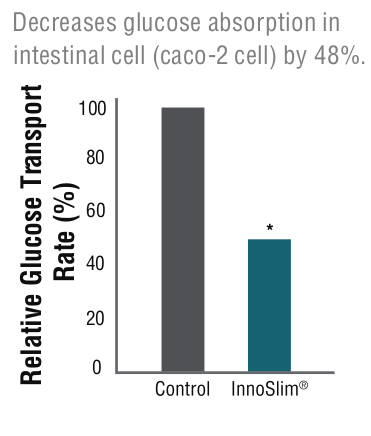

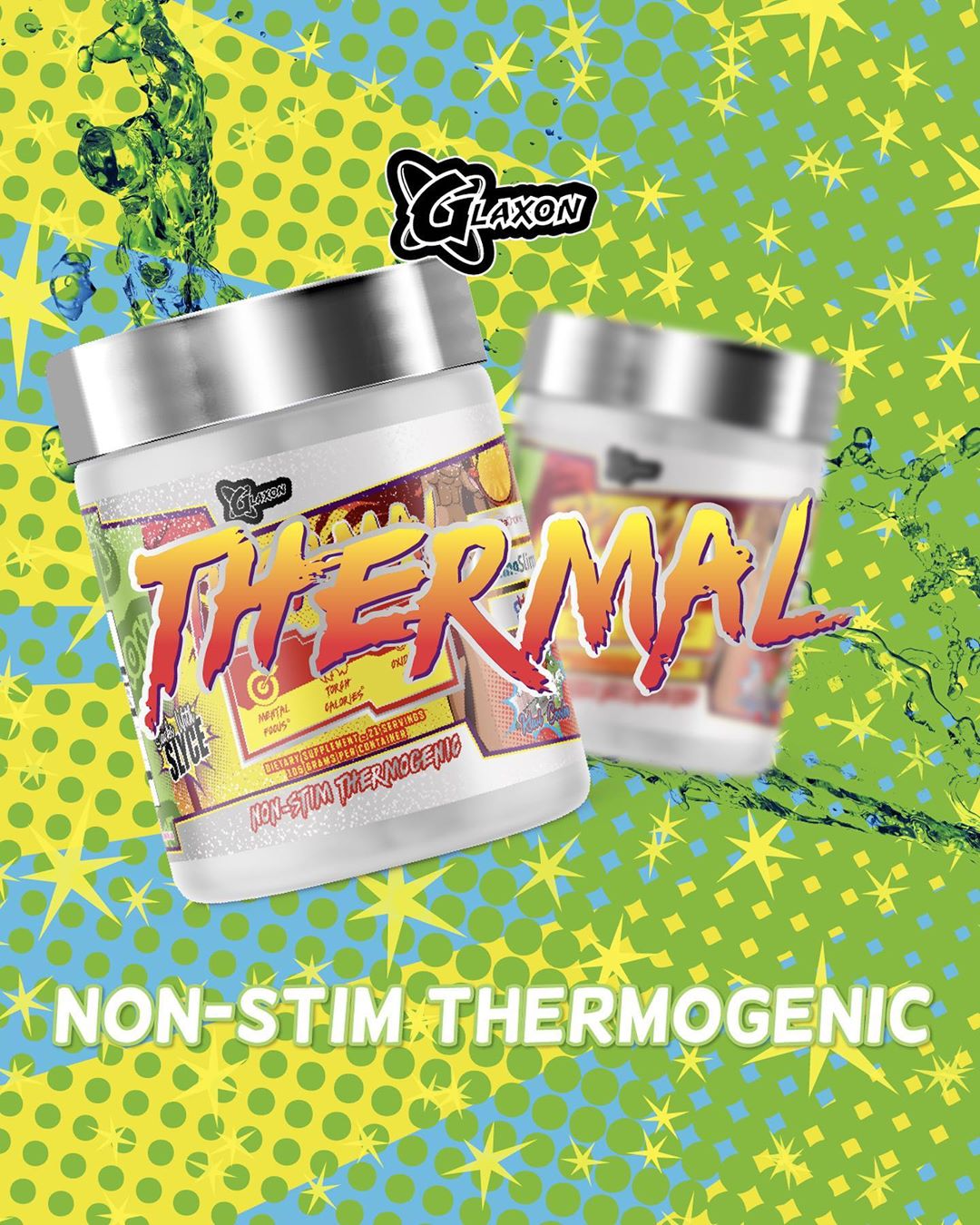
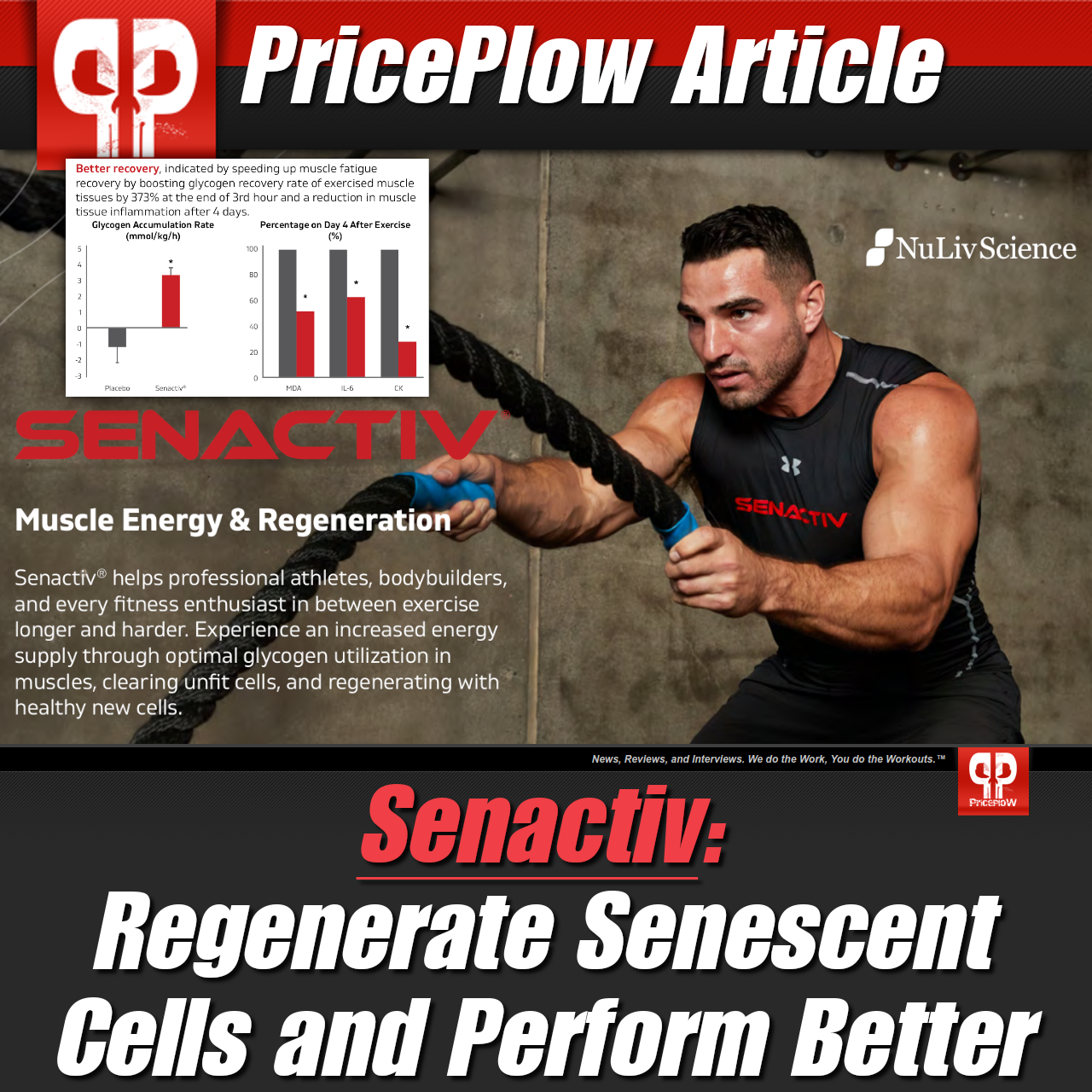

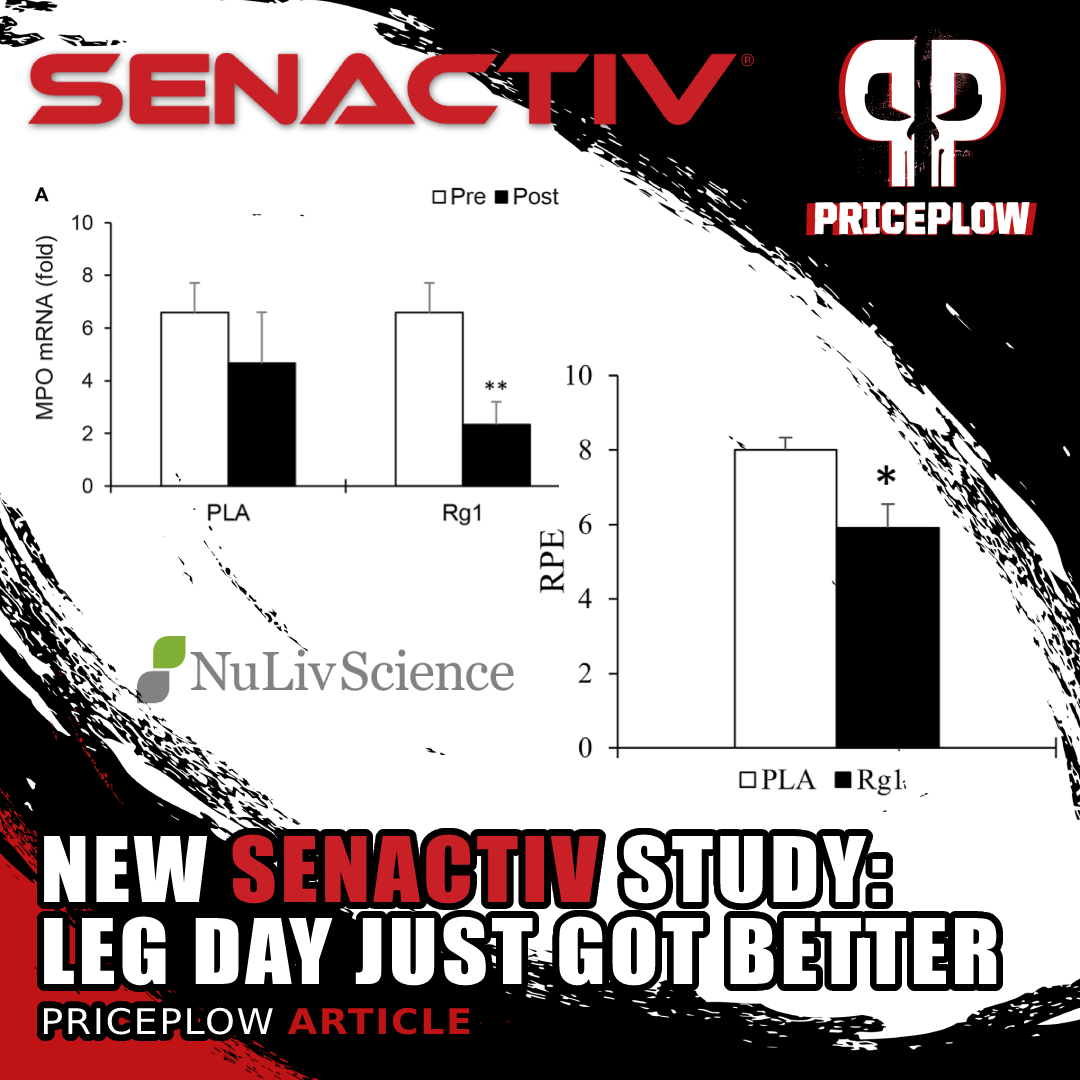
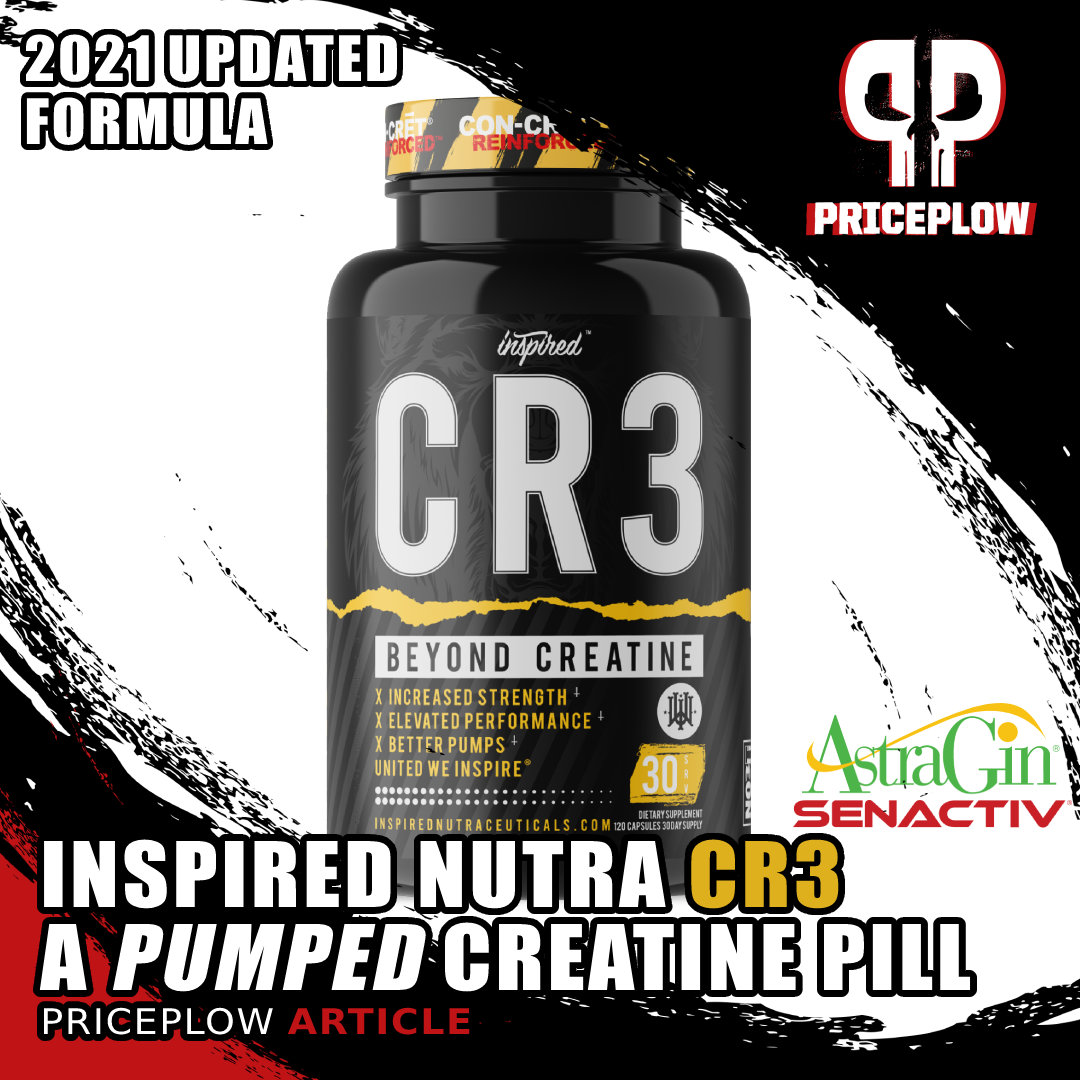


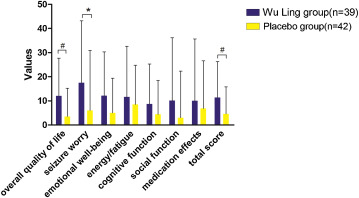
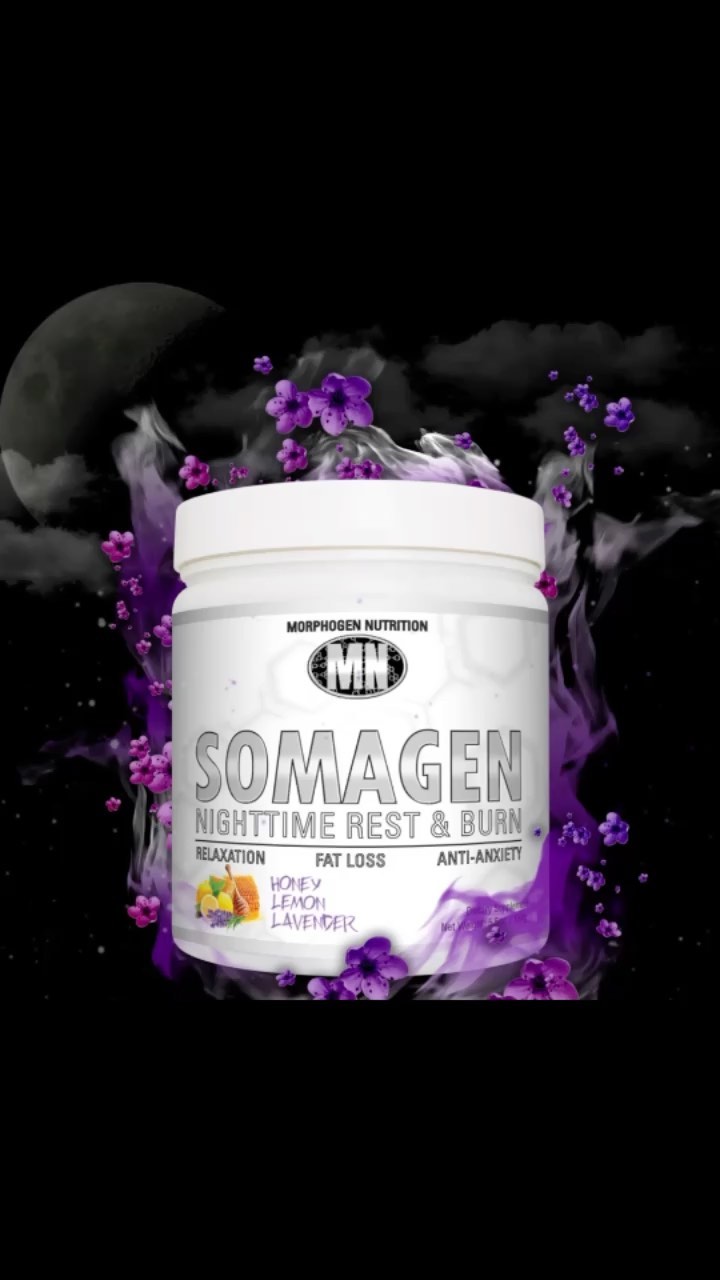
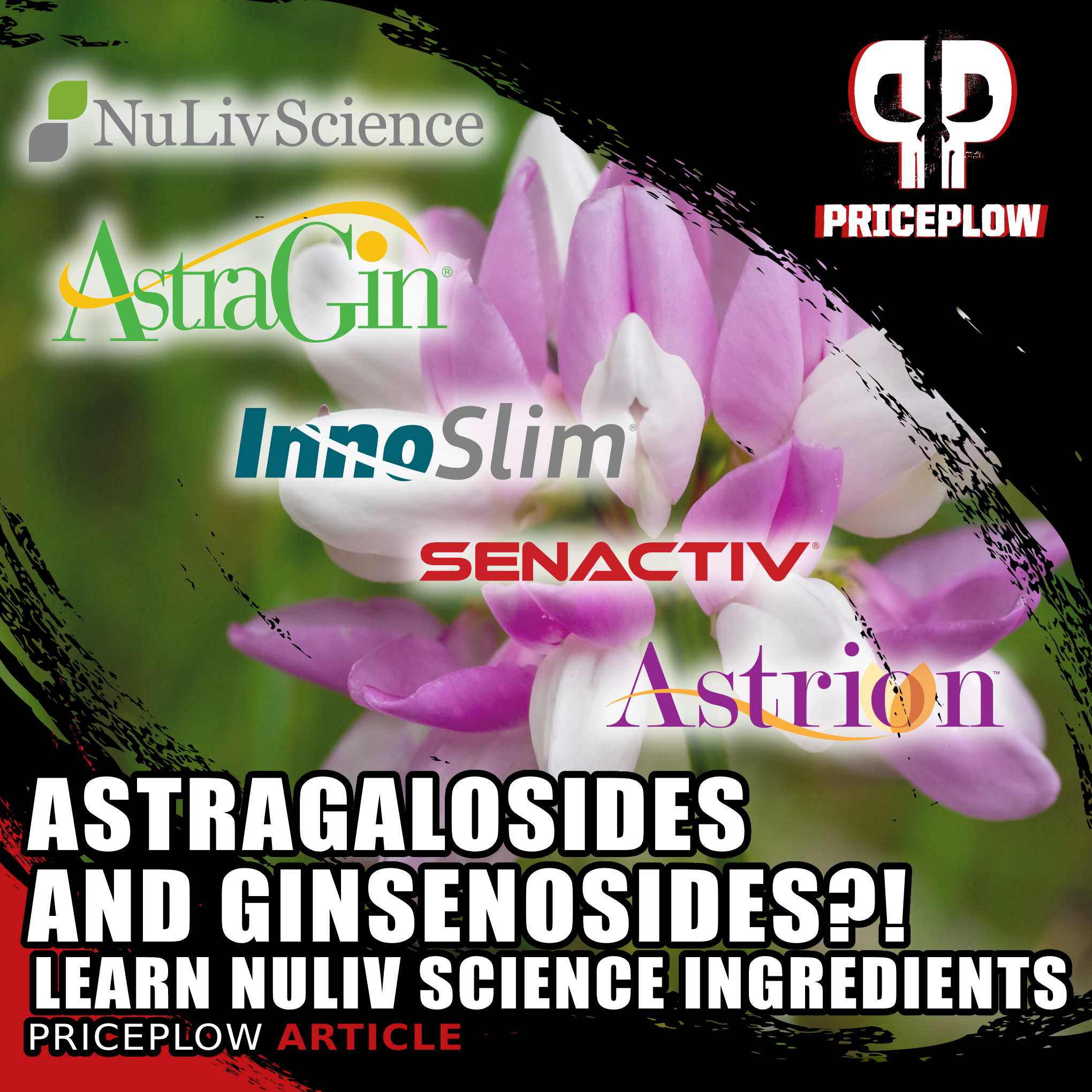
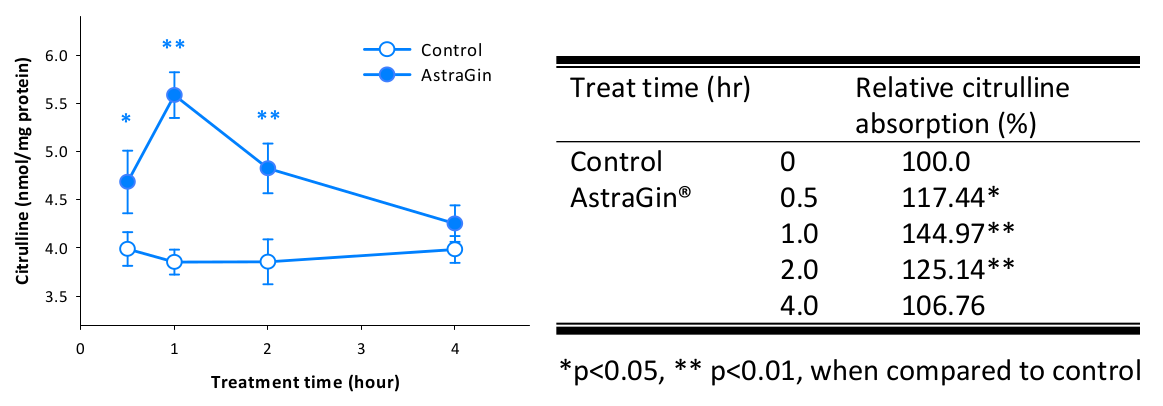

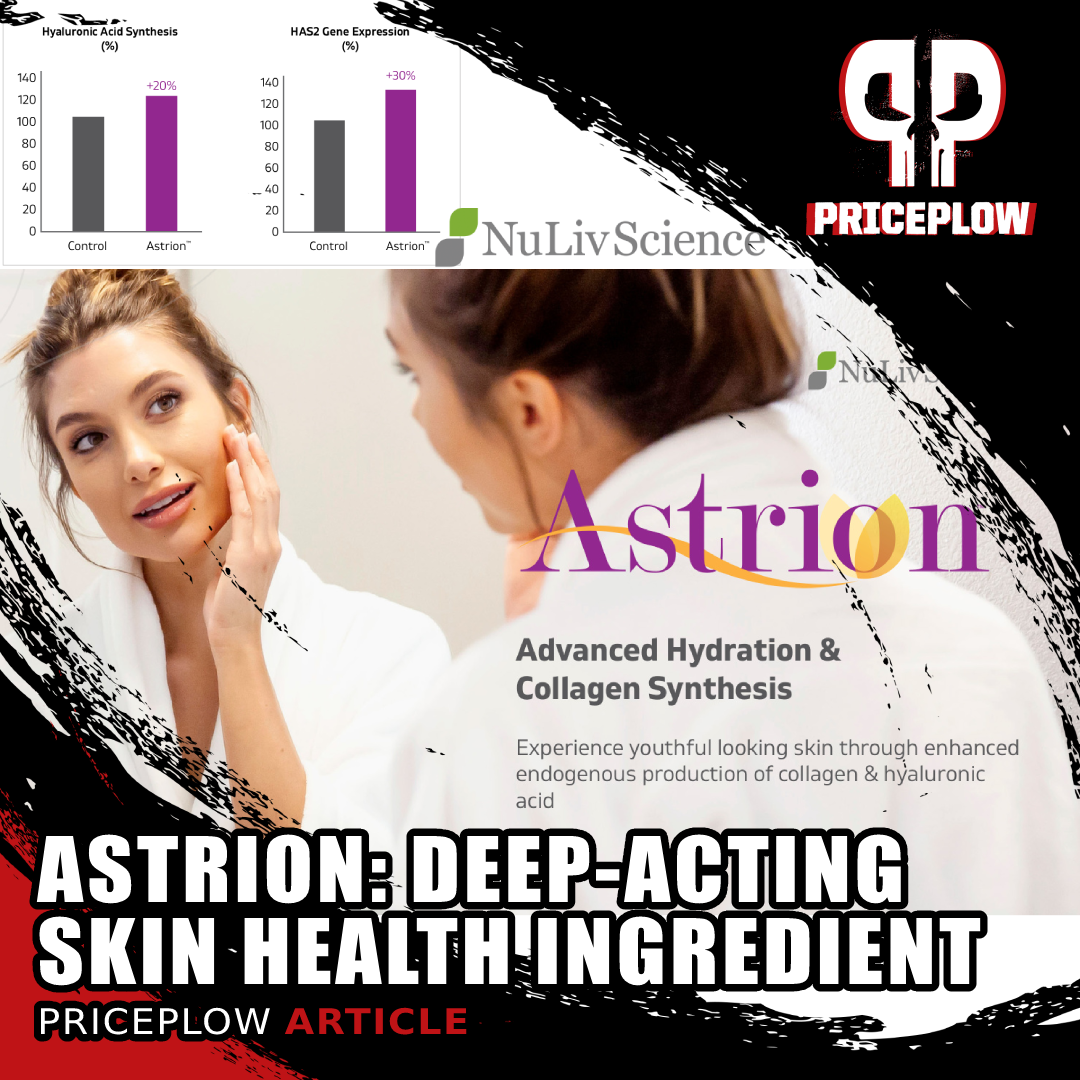
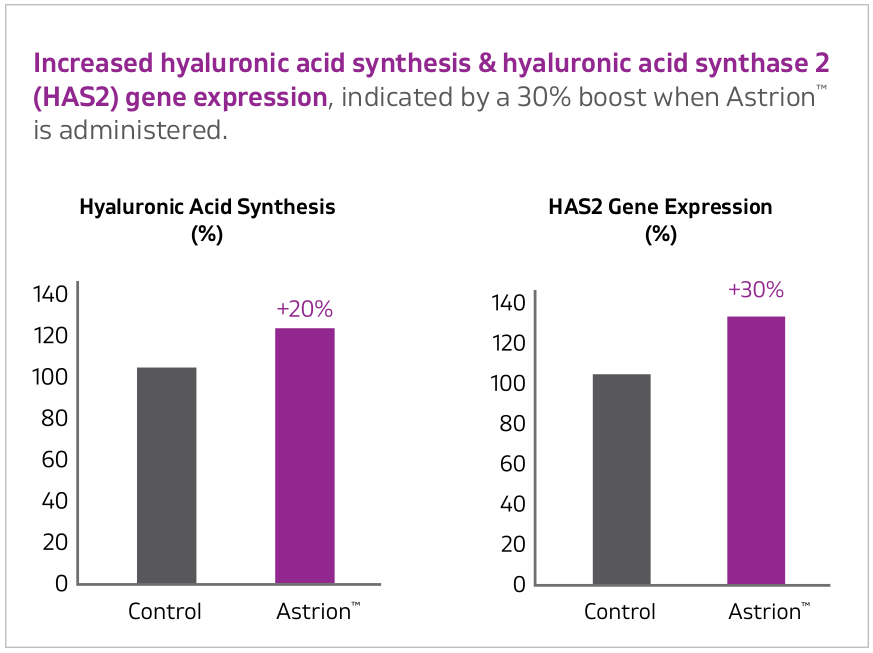
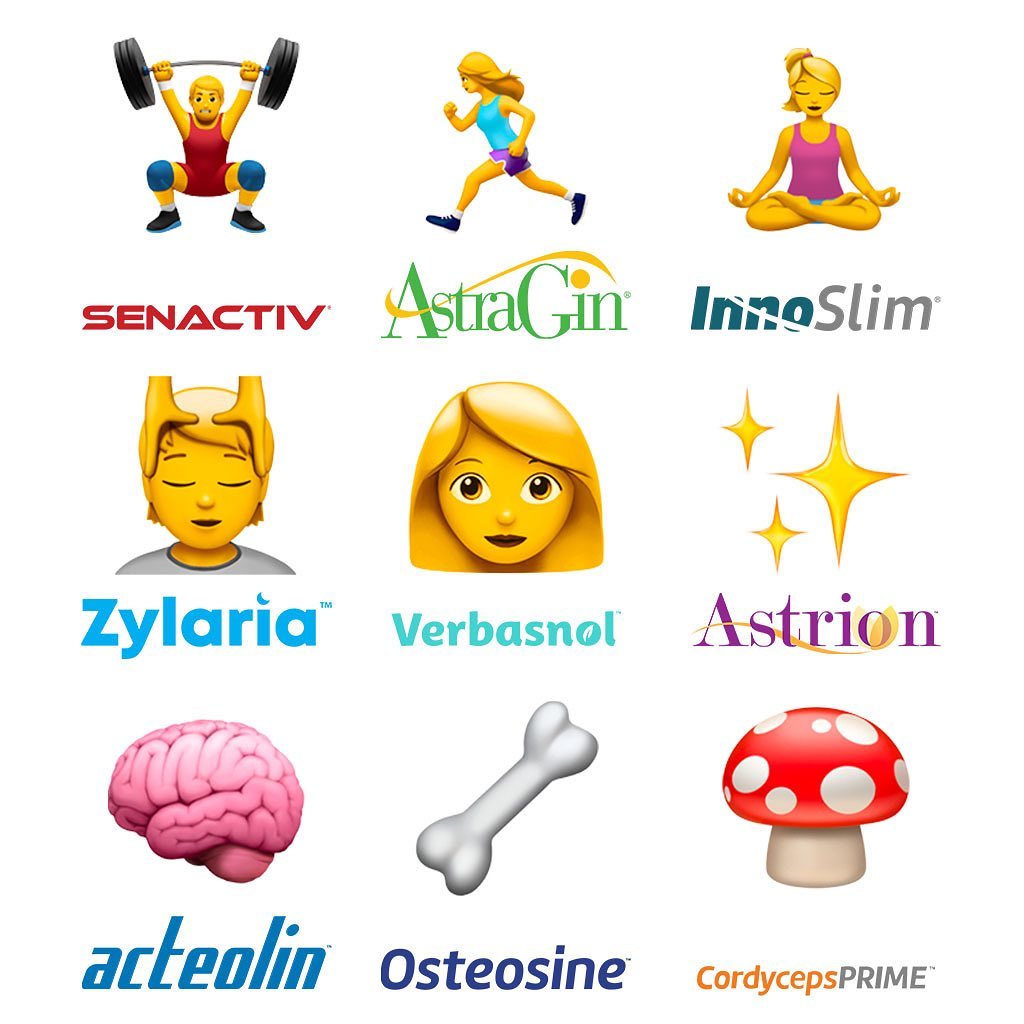


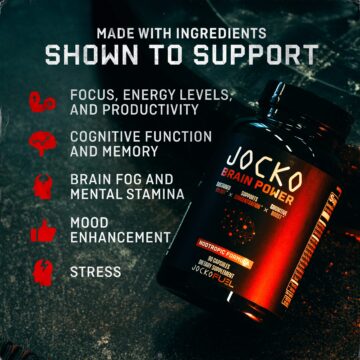
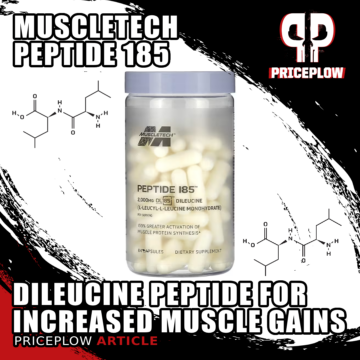
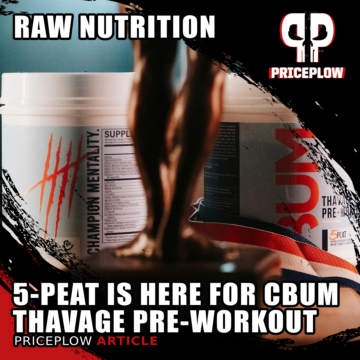
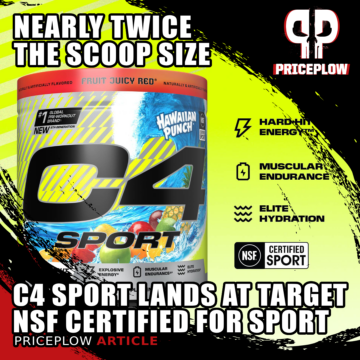

Comments and Discussion (Powered by the PricePlow Forum)